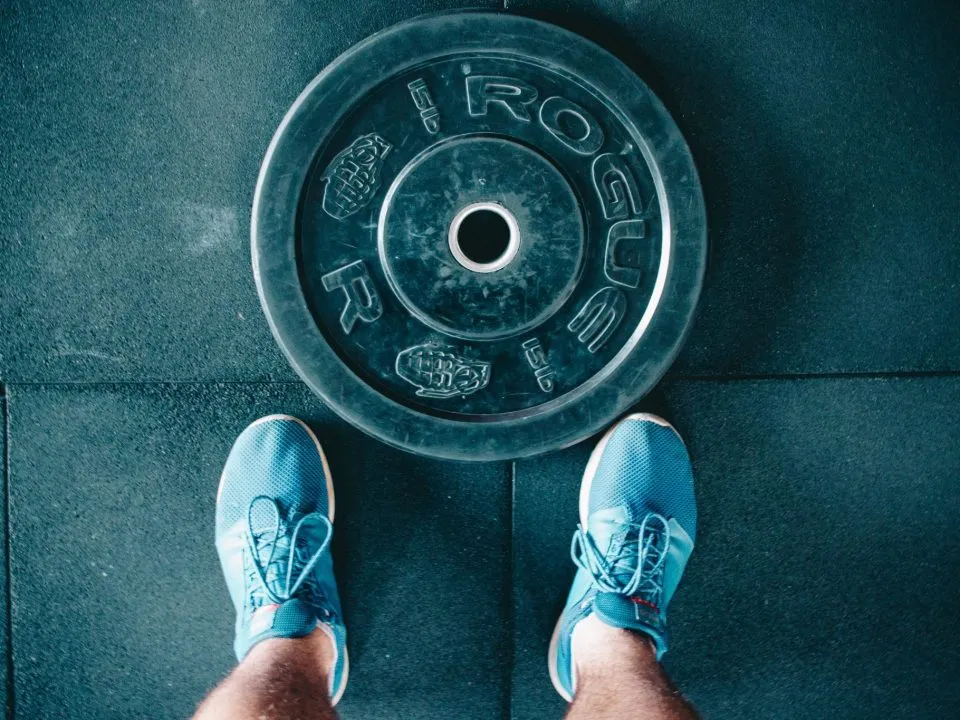
Neuroscience proves the Efficacy of Hypnosis against Anxiety

Even Real Men Need Hypnosis in Hong Kong
Hypnosis provides genuine therapeutic benefits to people who suffer from anxiety, stress, depression or phobias, but it is more than just a therapeutic aid. As a matter of fact, hypnosis benefits pioneers. Numerous household names enhanced their performance and achieved success by using hypnotherapy. Here are a few examples of just how hypnosis has helped overachievers become champions.
Bernard Piccard and the Week-long Flight
In March 1999, Bernard Piccard was a psychiatrist-turned-balloonist who pushed beyond what was deemed possible. Bertrand Piccard joined Brian Jones in circumventing the globe in a hot-air balloon called the Breitling Orbiter, the first time anyone had attempted such a feat. More than seventeen years later, he circumvented the globe again on board a solar-powered aircraft, the Solar Impulse. To do this, Piccard needed to sleep less yet remain alert enough to pilot the plane. Faced with the question of what to do in this situation, Piccard decided to use hypnosis. He took turns with Andre Borschberg, using self-hypnosis to stay awake for long hours and take small naps.
Piccard used hypnotherapy to deal with the effects of sleep deprivation and enhance his performance. Hypnosis helped him keep the mind alert while his body rested. The result of Piccard’s journey was striking: the first ever round-the-globe solar flight spanning 40,000 kilometers completed without fuel, using clean energy and hypnosis.
Hypnosis: The Celebrity Secret Weapon
Hypnosis is a powerful therapeutic technique that can help modify behavior and transform your subconscious into your […]
Tiger Woods, Hypnosis and Performance Enhancement
US-based golf master Tiger Woods has experienced the benefits of hypnosis since he was a teenager. Woods, the world’s youngest golfer to ever win a major, uses hypnotherapy for performance enhancement. A golfer needs concentration and a steady hand to perform well. Woods used hypnosis to stay calm, concentrate on his game and keep his swing steady and accurate despite the pressure. An international golfer needs to focus on placing the ball on the green and then putting it in the hole with the fewest amount of strokes. Such an athlete must let the distractions fall behind and build a belief system that welcomes adversity. In hypnosis, a champion can learn to focus on the goal and tune out distractions by not blocking them. By using techniques used in hypnotherapy such as imagery and visualization, athletes can quiet their mind, and develop laser focus, thus achieving success.
The Beginning of Hypnobirthing
Researchers Mary Jenkins M.D. and M.H. Pritchard M.D. utilized existing principles of hypnotherapy to ensure the success of reduced birth pain in a procedure called hypnobirthing. By using hypnosis in the birthing process, a mother could be taught to use relaxation techniques to remain calm and induce the production of endorphins, thereby reducing birth pain.
Kevin McBride and the Boxing Championship
Tiger Woods was a sportsman who used hypnosis to release anxiety and achieve an effective swing. He became a world-class golfer because of his training, talent and hypnotherapy. Similarly, the story of Irish boxer Kevin McBride provides an inspiring tale about the power of hypnosis.
Growing up, McBride was a good boxer but not a great one. Diffidence made him miss out on the great opportunities. However, after sessions with a hypnotherapist, McBride gained confidence in himself. He managed to beat the world’s fiercest boxer Mike Tyson during the sixth round of the World Heavyweight Championship because ‘hypnotherapy helped [him] focus on the positive and be in the right frame of mind to win’. It made him the first ever world heavyweight champion born in Ireland. McBride was not the first or the last athlete to leverage hypnotherapy for sports performance.
The Rebirth of Hypnoanesthesia
The first hypno-anaesthetist was Dr. James Esdaile, a Scottish surgeon. He is said to have performed over 300 operations between 1845 and 1851 in India. James Braid, another Scottish surgeon, also pioneered anesthesia under hypnosis as early as the 1840s.
Many surgeries under hypnosis haven taken place in Europe (in France and Belgium) and they proved beneficial for all ages. Aged patients, who are at an increased risk under anesthesia, benefit from the pain relief brought about by hypnosis. In hypnoanesthesia, a patient undergoes surgery with hypnosis and a reduced amount of anesthetics injected locally. The reduced use of analgesics facilitates faster healing and reduces negative side effects from chemicals.
Hypnoanesthesia naturally leads to the use of hypnosis for pain management.
Thomas Edison and His Success with Invention
Hypnotherapy can be used as a source of success and renewed inventiveness. When a person relaxes and through a series of breathing exercises and meditation slips into a hypnotic state, he is able to access his subconscious and creativity. According to psychiatrist Brian Weiss M.D., a Phi Beta Kappa and hypnotherapist with a medical degree from Yale, accessing this trance-like state, also known as a hypnagogic state, is what enabled inventor Thomas Edison to come up with brilliant ideas.
Kevin Costner, Hypnotherapy and Acting
There’s nothing like starring in a film called WaterWorld while you have seasickness. This was the problem award-winning actor Kevin Costner faced. But could he possibly be a major character in a film with water with his nausea? Costner thought so, and that is why he reportedly enlisted the help of a hypnotherapist in helping him overcome seasickness to play this role. Deep breathing exercises and use of hypnotic suggestion to reduce discomfort allegedly helped this actor perform his role flawlessly.
Jimmy Connors and the Winning Stroke
There have been numerous cases of athletes using hypnotherapy for performance enhancement, and a famous one was the case of Jimmy Connors. Connors was a tennis player who ruled the sport in the 1990s. During breaks, Connors reportedly recited relaxation mantras and techniques associated with yoga and hypnosis. Taking deep breathes in and out, and repeating words helps the mind calm and concentrate. Connors achieved this calm using techniques of hypnotherapy. He, in turn, improved his concentration and became more precise and controlled in his hits, becoming the world’s number one and ultimately being remembered as one of the best players in the history of the game.
These are just a few examples that show that hypnosis transcends careers and fields, and has numerous benefits to those who use it. Hypnosis benefits pioneers and it can help you unlock your potential, develop innovative and creative ideas. Imagine what you could do with a little hypnotherapy in your life. The possibilities are endless.
Contact us for more information













